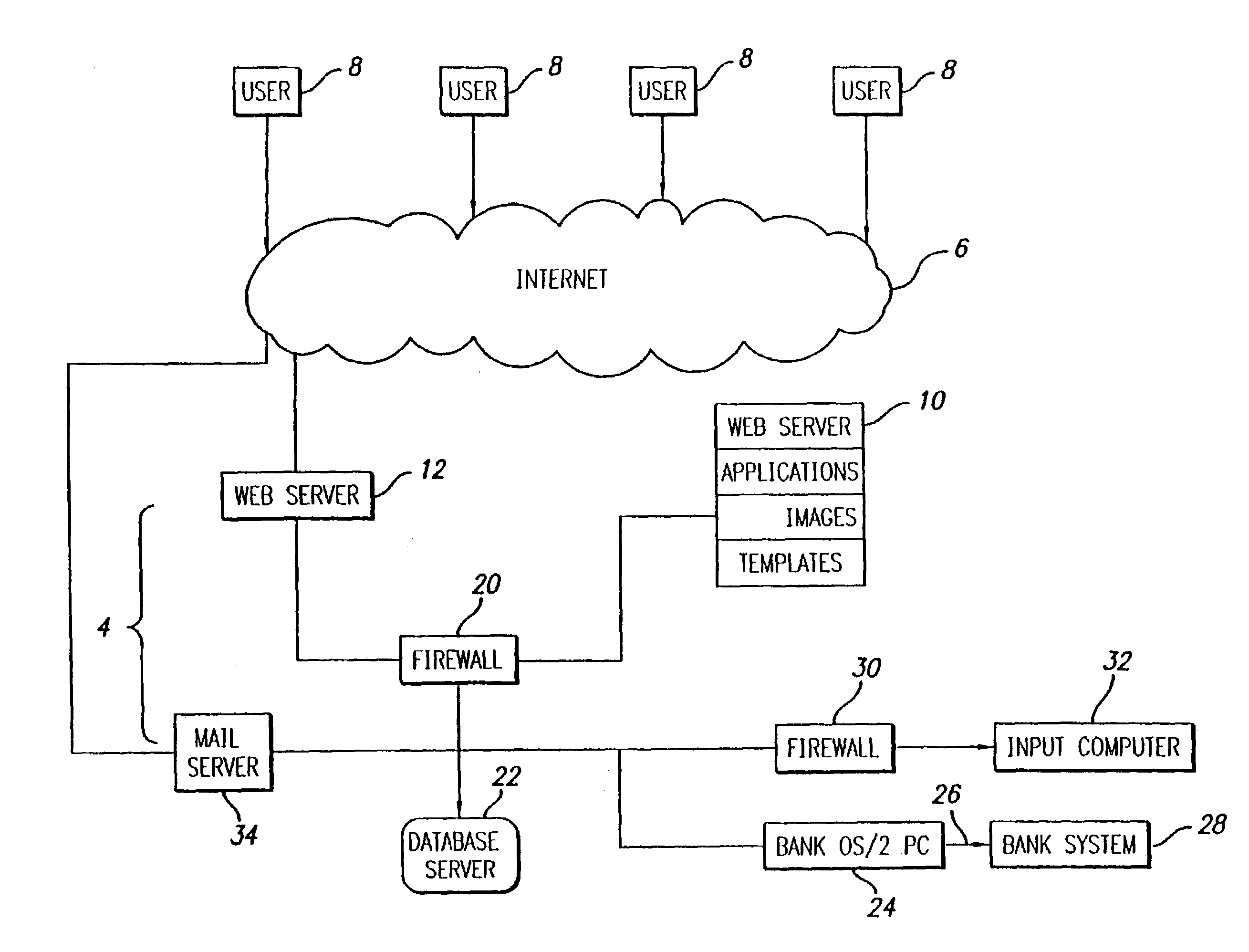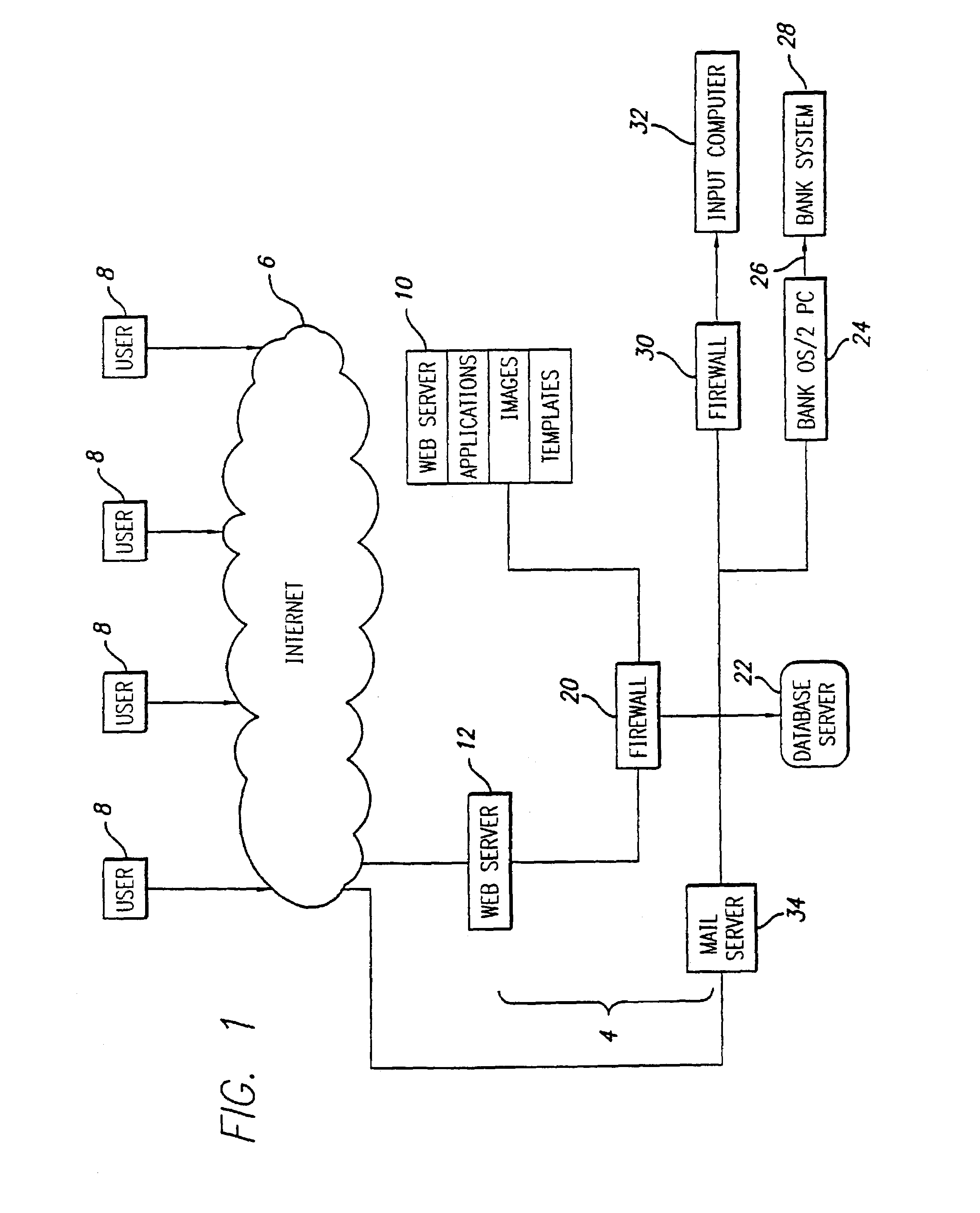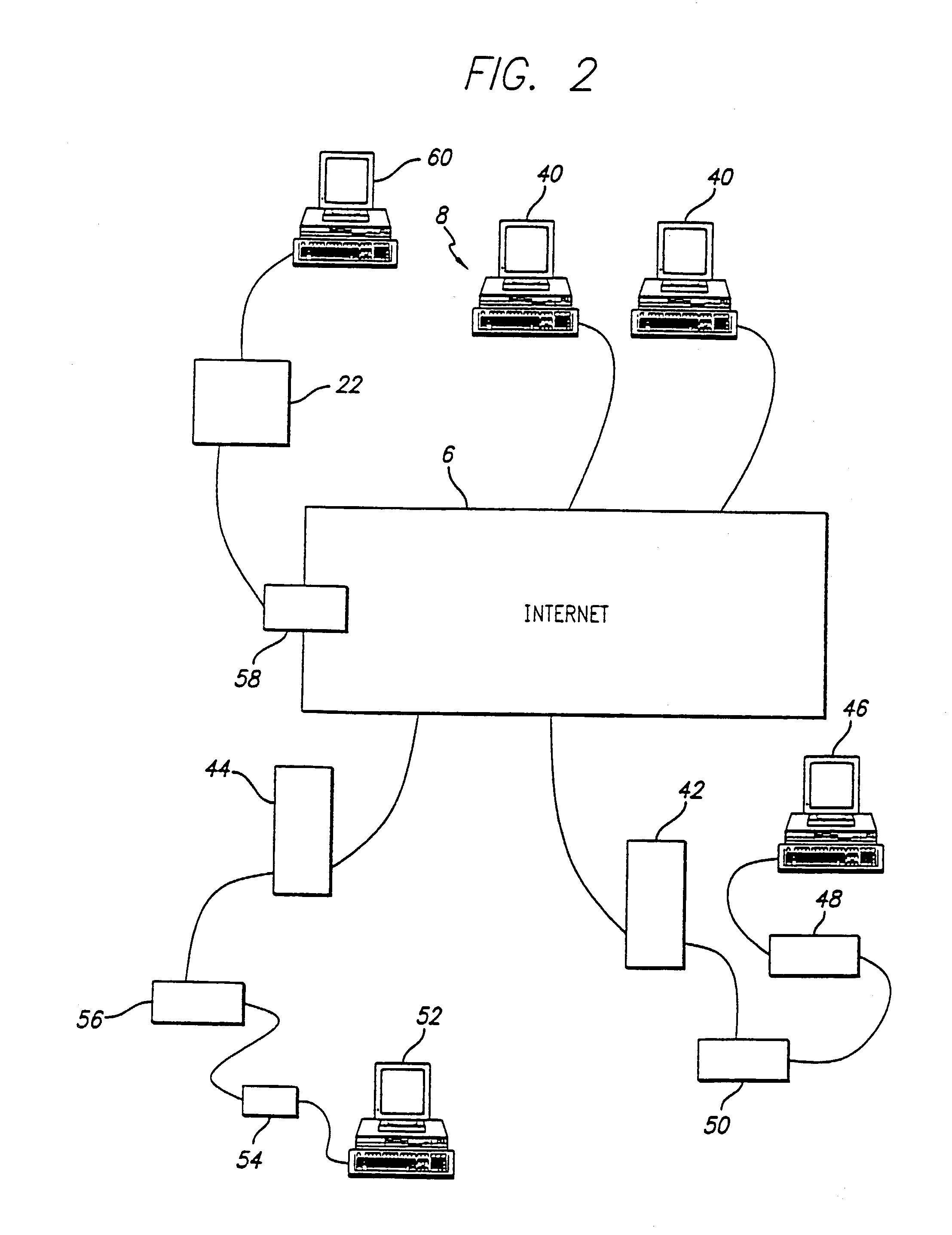Animal healthcare, well-being and nutrition
a technology for animal health and well-being, applied in the field of animal health diagnosis, can solve the problems of not being able to achieve the current laboratory and research system and computerization, not being able to access the cdpr directly, and not being able to assist in clinical analysis, diagnosis and therapeutic management of animals, etc., and achieve the effect of improving the accuracy with which the healthcare and well-being is managed and improving the quality of li
- Summary
- Abstract
- Description
- Claims
- Application Information
AI Technical Summary
Benefits of technology
Problems solved by technology
Method used
Image
Examples
example 1
Temperament and Longevity
[0101]Characteristics related to the temperament of the animal which impacts on its longevity are determined. Biological laboratory test data from a bodily fluid or tissue of an animal are analyzed. Such test data relate to the level of neurotransmitter activity of the animal. The data relate to at least one of the value of serotonin, the gamma-aminobutyric acid (GABA), the glutamate, the dopamine, the glycine, the aspartate, the acetylcholine, the norepinephrine, the histamine, the substance P, the vasopressin, the vasoactive intestinal peptide, the neurotensin, or the other neuropeptides of the animal. The value should fall within predetermined levels as a predictive determinant of the animal's temperament (passivity, assertiveness, or aggressivity).
[0102]Methods for measuring neurotransmitters are well known in the art. Neurotransmitters such as serotonin, epinephrine, norepinephrine, glutamate, and GABA can be measured by standard immunochemical techniqu...
example 2
Immune Stimulation and Cellular Inflammatory Response
[0104]Characteristics related to at least one of the immune stimulation reaction, evidence of neoplastic or paraneoplastic change, or the cellular inflammatory response of the animal are determined. Biological laboratory test data from a bodily fluid or tissue of an animal are analyzed. The test data relates to at least one of cell cytotoxicity markers, cytokine and chemokine levels, immunoglobulin levels, type and amount of lymphocyte subsets and lymphocyte markers, and markers of neoplastic or paraneoplastic change of the animal. The value should fall within predetermined levels as a determinant of the immune stimulation reaction, neoplastic or paraneoplastic change, or the cellular inflammatory response.
[0105]Methods for measuring lymphokines and other cytokines are well known in the art. These compounds are typically measured by immunochemical techniques using commercially available monoclonal antibodies or other methods.
[0106...
example 3
Inherited Organ Dysfunction or Dysplasia
[0107]Characteristics related to inherited organ dysfunction or dysplasia of the animal, at least one of which is neuronal, neuromuscular or renal are determined. Biological laboratory test data from a bodily fluid or tissue of an animal are analyzed. The test data relate to an amino acid, carbohydrate, lipid or other metabolic component, body fluid or tissue marker of the animal. The data includes obtaining data related to at least one of the value of the methyl malonic acid, the fucose-containing cell metabolites, blood or urine urate or uric acid metabolites, normoglycemic glycosuria, mannosidase containing cell metabolites, amino acid uria, amyloid deposition in tissues, neuronal ceroid lipofuscin deposition, and deposition of gangliosides and other lysomal storage substrates of the animal. The value should fall within predetermined levels as a determinant of the inherited organ dysfunction or dysplasia.
[0108]Test panels Nos. 1, 3, 5, 9 an...
PUM
 Login to View More
Login to View More Abstract
Description
Claims
Application Information
 Login to View More
Login to View More - R&D
- Intellectual Property
- Life Sciences
- Materials
- Tech Scout
- Unparalleled Data Quality
- Higher Quality Content
- 60% Fewer Hallucinations
Browse by: Latest US Patents, China's latest patents, Technical Efficacy Thesaurus, Application Domain, Technology Topic, Popular Technical Reports.
© 2025 PatSnap. All rights reserved.Legal|Privacy policy|Modern Slavery Act Transparency Statement|Sitemap|About US| Contact US: help@patsnap.com



